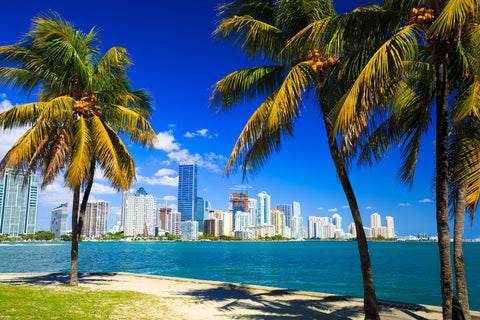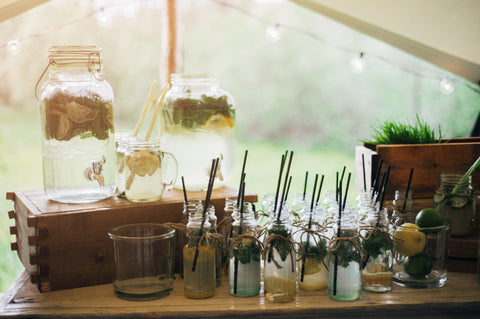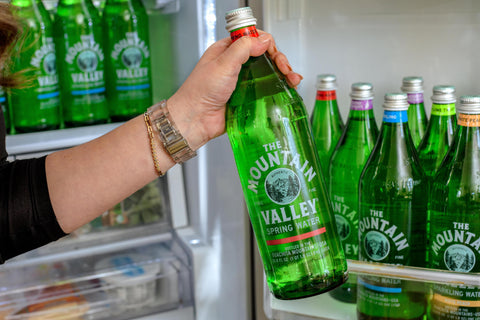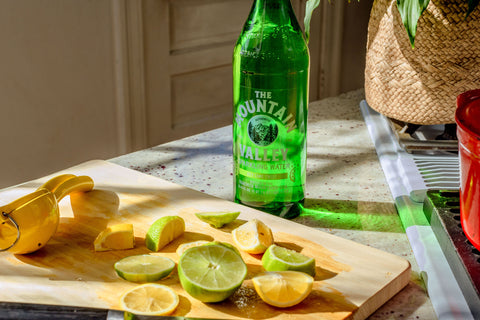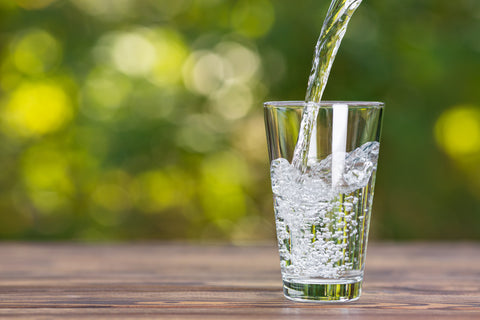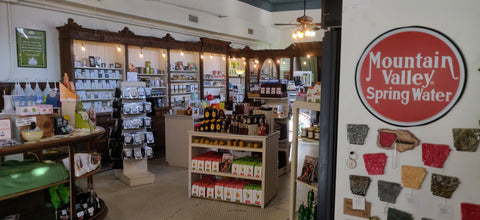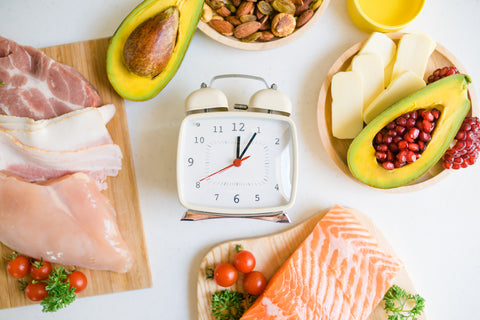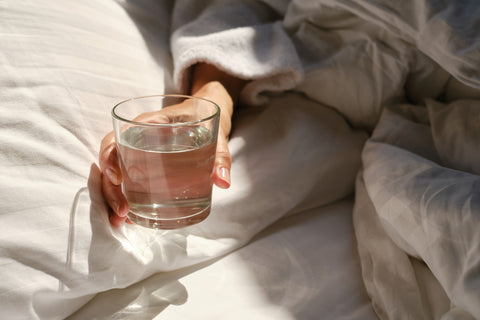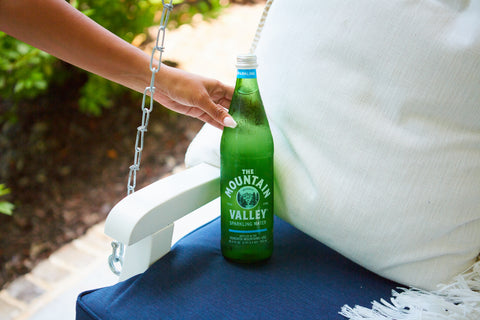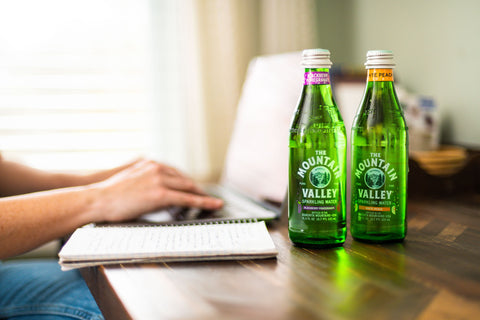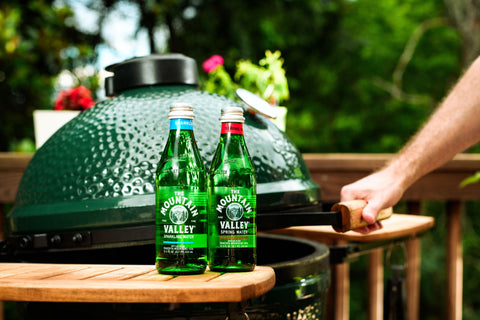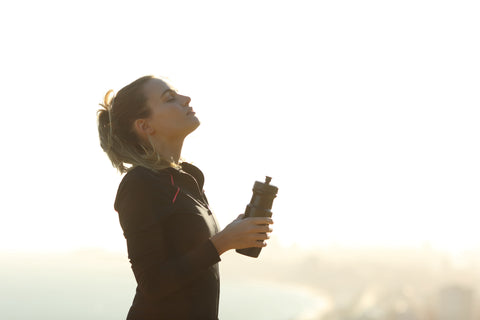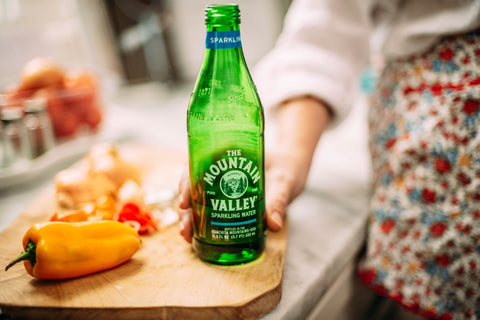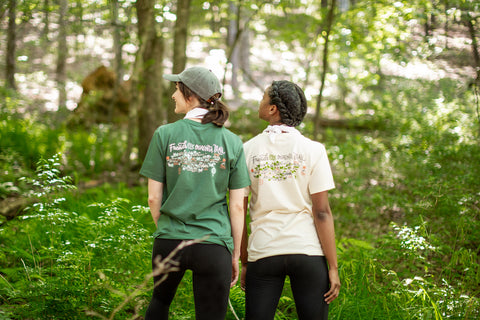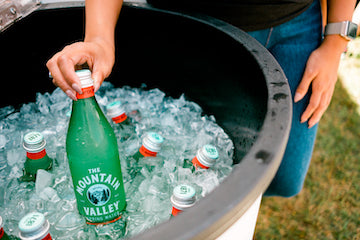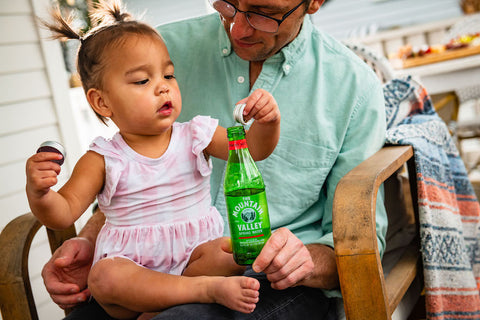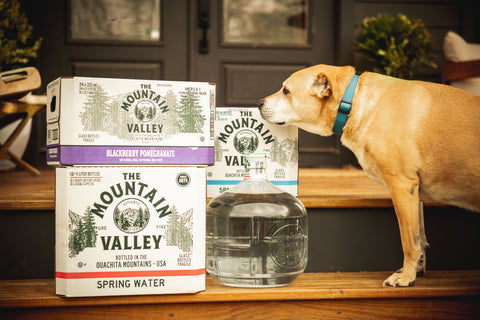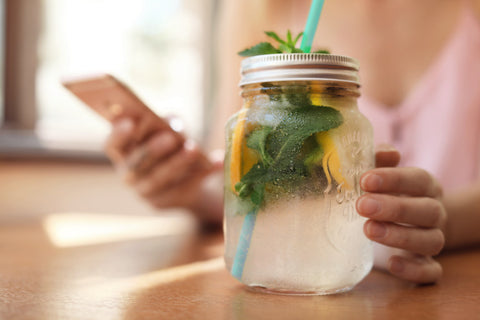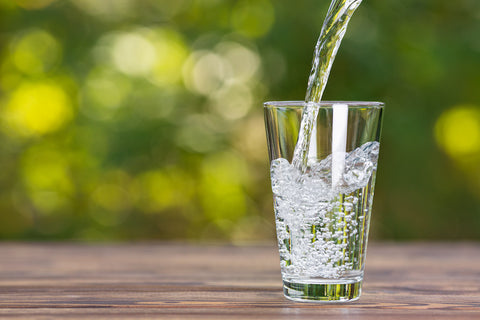
The days remain long, the weather has started to cool, and nature beckons with colorful foliage and gentle breezes. The heart of hiking season is upon us.
But nothing hijacks a hike quite like dehydration. A lack of water can make even the flattest and friendliest of nature walks feel like a marathon up Mount Everest. When it comes to hiking companions, water is up there with proper shoes and a working GPS. At Mountain Valley Spring Water, we designed our 750-milliliter resealable aluminum water bottles especially for the great outdoors.
Our aluminum water bottles won’t shatter. They won’t leak. They’re lightweight and slim enough to fit in almost any hiking pack, meaning they won’t weigh you down. They’re renewable and recyclable, too, which is good for the planet (and for those hiking it).
Best of all: Our aluminum water bottles come filled with the crisp, award-winningly delicious spring water you know and love from Mountain Valley.
If you’re itching to get out on the trails, here are some tips and tricks for staying hydrated on your next hike — whether it’s to the top of Pikes Peak or to the neighborhood park, don’t let dehydration slow you down.

Drink water before, during and after the hike
Proper hydration starts well before you set foot on the trail. The American Council on Exercise suggests drinking 2 to 3 cups of water two hours before a workout like hiking.
During an activity like hiking, the council recommends drinking a cup or so of fluids for every 10 to 20 minutes of strenuous effort. This means carrying water with you during a hike is critical — if that water happens to be an aluminum bottle of Mountain Valley Spring Water, we say: all the better.
Drinking water after a nature hike is equally important. That’s when your body absorbs fluids and rehydrates most efficiently. For those closely monitoring their hydration needs, the council suggests drinking 2 cups of post-workout water for every pound of body weight lost. After hot and grueling hikes, this can be especially crucial.

How much water do I need to bring on a hike?
This can vary widely based on age, weight, gender, perspiration level, etc. In general, experts recommend drinking ½ liter of water, or thereabouts, for every hour of moderate physical effort performed at moderate temperatures.
So, if you’re going on a three-mile hike, and you average 30 minutes per mile, you would want to bring approximately 750 milliliters of water per person (in case you’re wondering, that’s one aluminum bottle of Mountain Valley Spring Water).
This, of course, should be adjusted based on the weather and your personal needs. For especially arduous hikes, the previously mentioned recommendations from the American Council on Exercise (drinking a cup of fluids for every 10 to 20 minutes of strenuous effort) would apply.
Fortunately, the more you hike out in nature, the better you’ll understand exactly how much water your body requires.
Let the weather be your water guide
Hiking in blazing temperatures, soggy humidity and/or high altitude can put further stress on your body and its water needs. Be sure to take these factors into account when deciding how much water to pack for a hike:
Altitude: Staring at about 5,000 feet of elevation, our bodies must work and breathe harder to process oxygen. This extra effort requires extra water.
Humidity: High and low humidities can increase our water needs. At high humidity, we will lose more water through sweat. In dry, arid environments, sweat tends to quickly evaporate making it feel like our bodies aren’t losing water when they very much are.
Heat: Hiking in hot temperatures can more than double our hydration needs. On really hot days, plan to drink 1 liter or more of water per hour.
Cold: Just because it’s cold outside doesn’t mean our hiking bodies aren’t working; if sipping cold water in frigid temps doesn’t appeal to you, consider heating your water and carrying it in a thermos. You can also use warming packs to keep your aluminum bottles of Mountain Valley Spring Water nice and toasty as you move.
Be watchful for signs of dehydration
If you’re losing more water than you’re drinking, you’re at risk for dehydration, which puts you at risk for heat exhaustion, heat stroke and worse.
How to tell if you’re dehydrated? Early signs of dehydration include: dry mouth, decreased energy and limited athletic performance. As dehydration becomes more severe, so do its symptoms. Cramping, headache, nausea, loss of coordination and shifts in mood are all signs of more severe dehydration.
The solution to these symptoms is, quite simply, drinking water. Drink water early and drink water often while hiking. Even if you just had a few sips, if you’re still feeling thirsty, sip a few more. Listen to your body. If you’re feeling dehydrated, slow down, find shade and drink more water.

More tips for staying hydrated while hiking
Just keep sipping: Frequent sips tend to be better than occasional chugs when it comes to hiking hydration.
Plan your route: Water is heavy. A single gallon weighs 8.3 pounds, and long hot hikes could require multiple gallons. Many hiking trails offer water fountains and hydration stations, places where you can refill your aluminum bottle of Mountain Valley Spring Water, say, and be on your merry way. Some hikers will ask friends or family members to meet them where the trail crosses a main road, so they can swap old water bottles for new ones. However you do it, a little planning will go a long way when it comes to staying hydrated on your trek.
Set water reminders: Program a recurring alarm in your phone or smart watch as a reminder to keep drinking every 10 to 20 minutes. You can also download one of several highly rated hydration apps that will alert you when it’s time to take another sip, read our recommendations here.
Eat while you drink: Longer hikes (an hour or more) can zap your body of much-needed electrolytes which can’t be replaced by water alone. Snacks high in potassium, sodium, calcium and magnesium can help replenish lost nutrients.
Don’t get burned: According to the American Academy of Dermatology, sunburns pull water to the skin’s surface and away from the rest of the body. To avoid getting burned by a hike, keep covered in light layers and slather on a high SPF sunscreen. If you do get sunburned, drink extra water to keep hydrated.
Whether you’re tossing a few aluminum bottles of our purely sourced spring water into your pack or slugging down a second cup of award-winning deliciousness before hitting the nature trail, there’s no tastier way to keep your hike hydrated than Mountain Valley Spring Water.

Sourced from our same protected spring in the heart of Arkansas’s Ouachita Mountains for more than 150 years, Mountain Valley Spring Water is water as nature intended it — free of additives, cleansers and, until you open it, human intervention. That’s easy for us to say, and it’s even easier for you to drink. Get started with home or office water delivery by clicking here.
*Please recycle. Recycling facilities may not be available in your community.



